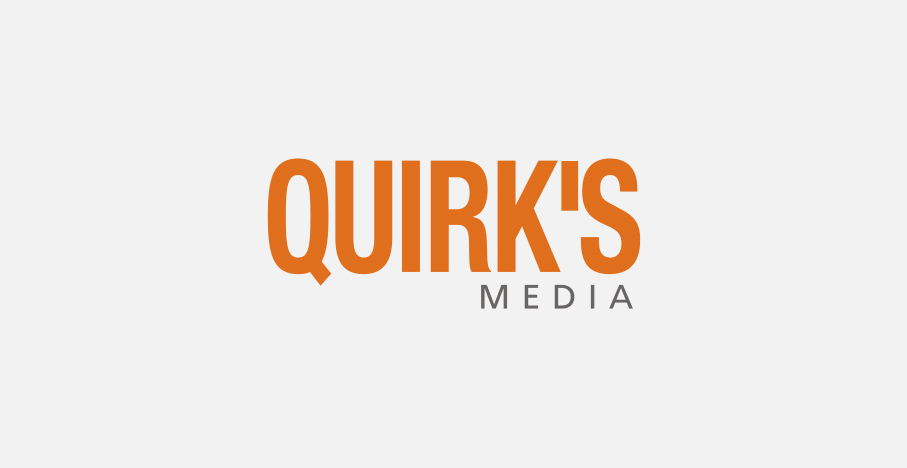At Quirk’s we believe that our readers benefit from hearing from their peers, specifically when it comes to universal pain points. We find there is a sort of comfort found in knowing you are not alone when facing a difficult situation or research roadblock.
In Quirk’s 2016 corporate researcher survey, respondents were asked, “Are there other pain points or challenges you experience in conducting, coordinating and managing research?” Struggles surrounding sample quality and access to respondents were brought up several times:
“… sampling techniques so as not to get the same respondents all the time.”
“How to get more doctors to participate in research so you are not reaching out to the same (tired) sample over and over…”
“Sample issues in health care environment.”
“Conducting research outside the United States is also a challenge for us, (specifically) finding good sample sources.”
The survey also found “response rate” to be one of the top four drivers of choosing a methodology for a project, with 52 percent of respondents listing it as an important factor. The challenges client-side researchers face when dealing with small sample sizes and hard-to-reach respondents appear to be universal.
When going through the responses, I thought back to my interviews with client-side marketing researchers for Quirk’s Marketing Research Review’s Before You Go series, “10 minutes with a corporate researcher” – a Q&A-style conversation between Quirk’s and client-side marketing researchers. The topic of recruitment challenges came up several times. Two researchers were particularly open when describing their experiences:
“One of the biggest challenges with having a diverse community of sellers is making sure we target the right groups when we recruit for qualitative studies. While around 80 percent of sellers on Etsy are women, they are at vastly different stages in their careers as sellers. Some are content to sell part-time, while others are on a different trajectory and aspire to become full-time business owners. Sellers also face unique challenges specific to what they sell. For example, someone who makes custom jewelry has a workflow that looks very different than someone who sells vintage furniture. Add another layer of complexity when you factor in sellers’ location – within or outside of the U.S. Recently we’ve been working on a seller segmentation project that tries to go beyond demographics and business metrics, to look at the more attitudinal and emotional factors at work – we hope this will help us fine-tune our recruiting efforts over time.” Katharine Giari, Etsy
“We have to be conscious about our impact and presence and often it can be less invasive but still very authentic to conduct remote interviews for testing designs and exploring concepts with a global audience. Our team has also been working hard to make it easy for researchers to include more countries both quantitatively and qualitatively. This can be challenging but it is worth the effort. If you take time to recruit with the intention of a diverse yet representative sample any method can be used to reach participants around the globe.” Tara Franz, Facebook
The B2B space
A second look through the responses from Quirk’s corporate researchers emphasized the fact that B2B research brings its own challenges:
“Difficulty in getting respondents/sample in our B2B space.”
“B2B sample quality (how do we really know our respondents are true people, are taking time to read and understand questions/answers, and are providing us with honest feedback)?”
Cara Woodland, Columbus McKinnon Corporation, talked about her own experience navigating the B2B space during an interview earlier this year:
“Conducting business-to-business research is typically a more difficult endeavor. However, accessing our end users adds an additional layer of complexity for us. Given that Columbus McKinnon is an industrial manufacturer of hoists, chain and rigging products, our end users tend to be manual labor workers in large companies in industries such as manufacturing, heavy construction, mining, oil, gas and entertainment. Many of these industries, such as automotive, have a very real concern with competitive intelligence leaks, which increases resistance to research. There are also safety concerns when using our product, as it is used to lift and secure heavy objects in extreme conditions, dangerous environments, tight spaces and remote locations. Many companies either do not have the space, are not in accessible locations or are not willing to take the risk of having additional people in their work environment.”
Looking outside for ideas
As a publication, we encourage you to commiserate and share the aspects of working in the research industry that drive you crazy. Be it reading an industry blog or chatting with your coworker down the hall, your peers may have some great insights on the respondent-related challenges you are facing.
During an interview with Quirk’s, Brittany Williams, Etsy, was asked how her team takes on data-gathering challenges and she echoed our belief in the importance of looking outside of your team (or even your organization) for ideas: “We work closely with other functions across the organization to help us refine who we’re speaking to during studies, especially because the input and perspectives of other teams at Etsy gives us a much better chance of building meaningful research studies.”
If you’d like to learn more about the state of the industry from the client side, be sure to check out Quirk’s 2016 Corporate Researcher Report and watch for new client-side Q&As in each issue of Quirk’s.
